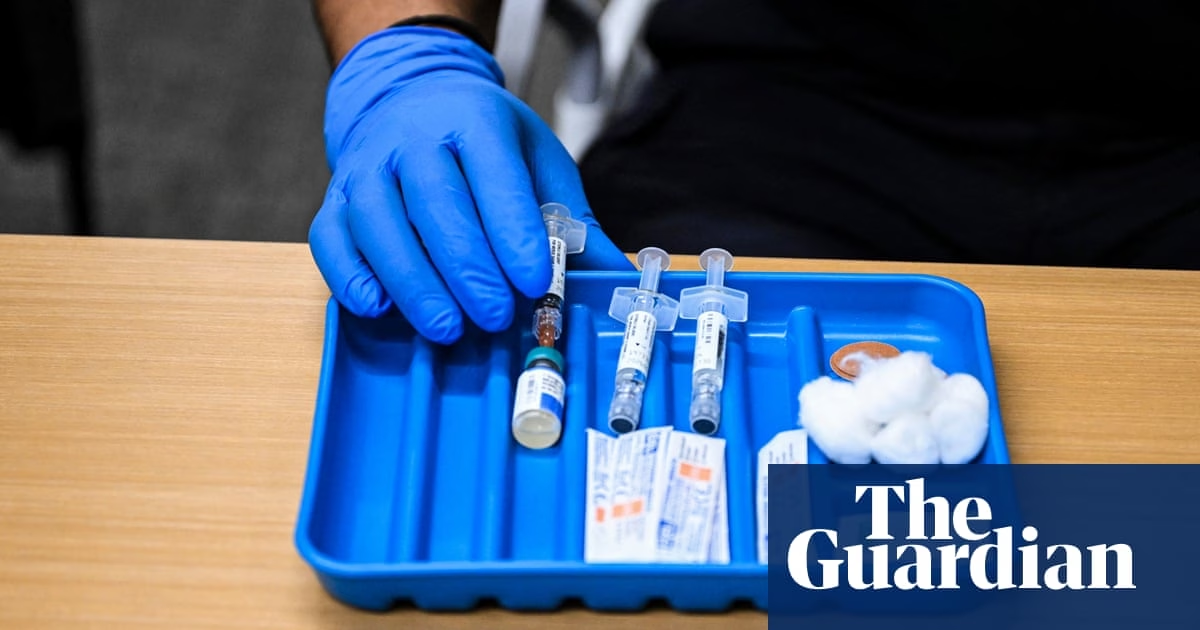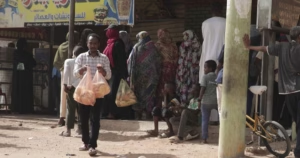Some highlights and updates regarding the growing measles outbreak in the United States:
- Expansion across states: More US states have reported new measles cases as the outbreak in Texas, which has already surpassed the total cases reported last year, continues expanding. This is particularly concerning as the outbreak may spread further, potentially to additional states, according to health officials.
- Enhanced risk due to vaccine hesitation: The outbreak is worsened by vaccine misinformation and hesitancy. The parents of a six-year-old girl who tragically died from measles in Texas have spoken out against measles vaccination, amplifying the spread of misinformation. Figures like US health secretary Robert F Kennedy Jr. have also contributed to the confusion by voicing alternative approaches to vaccination.
- Scaling of the outbreak: Several other states, including Ohio and Maryland, have updated their measles case tallies, with Pennsylvania among others reporting new cases linked to international travel. The cumulative effect has led to a total of 378 confirmed measles cases in the first few months of 2025, with Texas alone accounting for over 309 of these cases, resulting in 40 hospitalizations and the mentioned child’s death.
- National and global concerns: The increase in cases reflects a broader, international rise in measles, following significant layoffs of USAID employees and contractors who worked in countries with high measles rates. The highly contagious nature of measles and issues with underreporting contribute to the complexity of controlling the outbreak.
- Resistance to vaccination: The majority of cases involve unvaccinated individuals, with significant vaccine hesitancy observed in certain areas, like Gaines County, Texas, where the most cases are concentrated. This resistance, fueled by two decades of misinformation, complicates efforts to mitigate the outbreak.
- Public health response challenges: Mass vaccination clinics are being set up in affected areas, but despite these efforts, vaccination rates remain lower than necessary to stop the spread effectively. The geographical spread of the cases across several states, including Texas, New Mexico, and Oklahoma, complicates containment efforts further.
- Concerns for further spread: With the low vaccination rates and the highly transmissible nature of measles, there is significant worry about the continued spread, not only within the current regions but also to other parts of the US and possibly internationally through travel. It may take a considerable amount of time and concerted effort to change perceptions about vaccines and increase vaccination rates sufficiently to eliminate the threat of measles.
Health authorities urge anyone suspicious of measles exposure to contact healthcare providers immediately, though it is crucial to notify medical facilities ahead of time to ensure safe and effective care without putting others at risk. This underscores the importance of awareness, early intervention, and community cooperation in controlling the outbreak.
Source: https://www.theguardian.com/us-news/2025/mar/23/measles-spread-vaccine-misinformation







